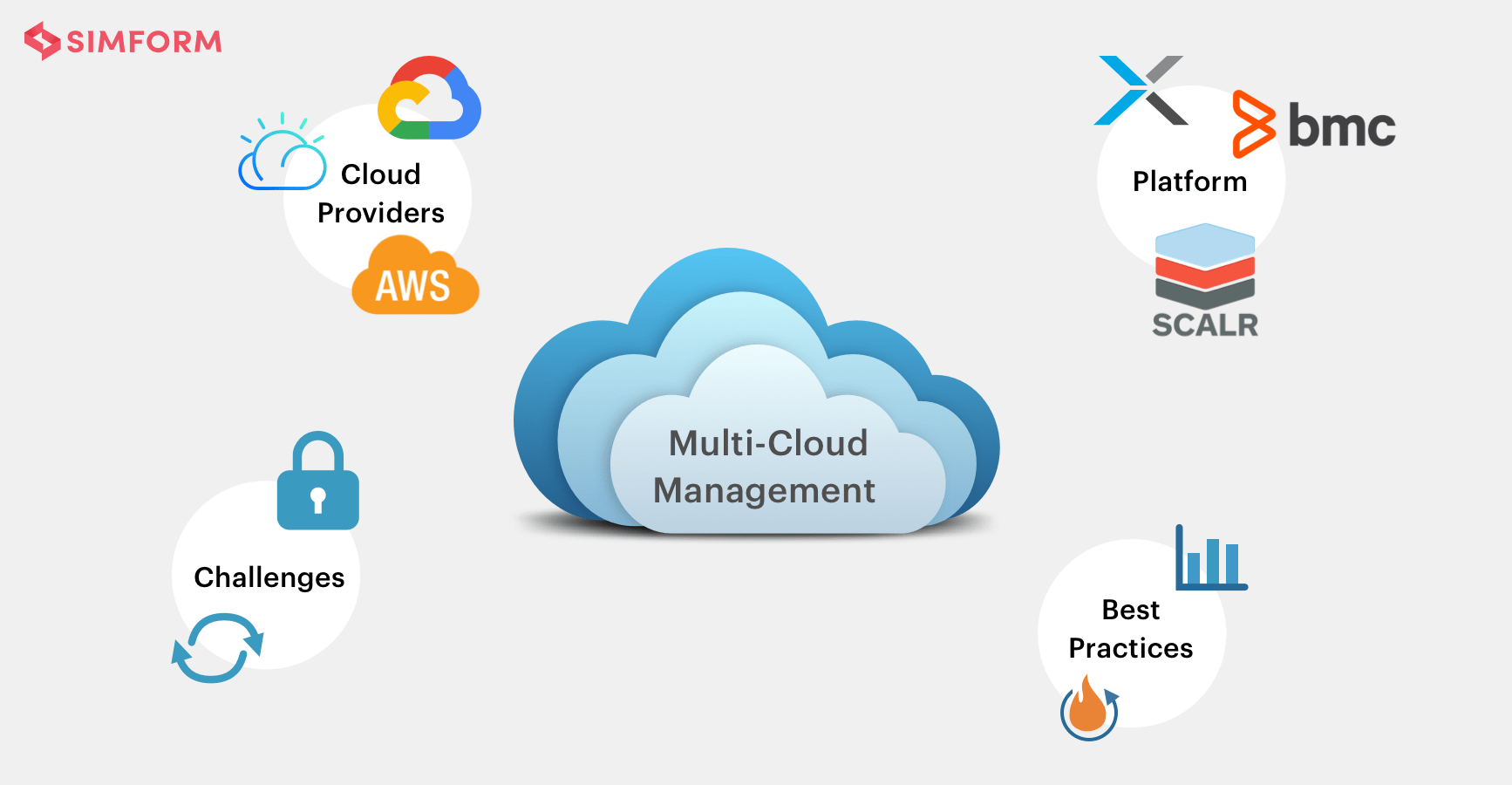Content Delivery Networks (CDNs) play a crucial role in optimizing the performance and reliability of multi-cloud environments. By distributing cached content across a network of edge servers located in close proximity to end users, CDNs reduce latency, improve bandwidth utilization, and enhance the overall user experience.
.png)
Benefits of CDNs in Multi-cloud Environments:

- Reduced latency: CDNs store cached content closer to end users, significantly reducing the time it takes for requests to reach their destination.
- Improved bandwidth utilization: By offloading static content from origin servers, CDNs reduce the load on cloud infrastructure, freeing up bandwidth for more critical applications.
- Increased reliability: CDNs provide redundancy and failover capabilities, ensuring that content is always available, even in the event of outages or traffic spikes.
- Scalability: CDNs can dynamically scale up or down based on traffic demand, ensuring optimal performance during peak and off-peak periods.
- Cost optimization: CDNs can reduce cloud computing costs by caching frequently requested content, which reduces the need for expensive origin server capacity.
How CDNs Work in Multi-cloud Environments:

- Content Ingestion: Content is ingested into the CDN from multiple cloud providers.
- Content Caching: CDNs cache frequently requested content on their edge servers, located close to end users.
- Request Routing: When a user requests content, the CDN intelligently routes the request to the nearest edge server with the cached content.
- Content Delivery: The CDN delivers the cached content to the end user, significantly reducing latency and improving performance.
Considerations for Using CDNs in Multi-cloud Environments:
- CDN Selection: Choose a CDN that offers a global network of edge servers, supports multiple cloud providers, and provides robust features.
- Network Configuration: Configure your network to optimize the performance of the CDN, such as enabling CDN bypass for dynamic content.
- Content Management: Ensure that the content ingested into the CDN is up-to-date and optimized for delivery.
- Performance Monitoring: Monitor the CDN’s performance to identify any performance bottlenecks or outages.
Conclusion:
Content Delivery Networks (CDNs) play an essential role in multi-cloud environments by providing improved performance, reliability, and cost optimization. By leveraging CDNs, organizations can enhance the user experience, optimize bandwidth utilization, and reduce cloud computing expenses, ultimately leading to better application performance and user satisfaction.## Understanding The Role Of Cdns In Multi-cloud Environments
Executive Summary
Content Delivery Networks (CDNs) play a crucial role in optimizing the performance of applications and websites that are hosted in multi-cloud environments. By strategically distributing content across a network of edge servers, CDNs can provide faster and more reliable access to content for users regardless of their geographic location. This article explores the benefits of using CDNs in multi-cloud environments and discusses the key factors to consider when selecting and implementing a CDN solution.
Introduction
Multi-cloud environments have become increasingly common as organizations seek to leverage the benefits of multiple cloud providers. However, managing content across multiple clouds can be complex and challenging, especially when it comes to delivering content to users with low latency and high reliability. CDNs offer a solution to these challenges by providing a way to efficiently cache and deliver content from multiple cloud sources.
FAQs
1. What is a CDN?
A CDN is a geographically distributed network of servers that work together to deliver content to users with high speed and reliability. CDNs cache content from origin servers and deliver it to users from the edge server closest to their location, reducing latency and improving performance.
2. Why are CDNs important for multi-cloud environments?
CDNs help to optimize content delivery in multi-cloud environments by:
- Reducing latency by caching content closer to users
- Improving reliability by distributing content across multiple servers
- Offloading traffic from origin servers, freeing up resources for other tasks
3. How do I choose the right CDN for my multi-cloud environment?
When selecting a CDN for a multi-cloud environment, consider the following factors:
- Network coverage: Ensure that the CDN has a presence in the geographic regions where your users are located.
- Capacity: Choose a CDN with sufficient capacity to handle your traffic volume.
- Security: Select a CDN that offers robust security features to protect your content and customer data.
Key Subtopics
1. Benefits of using CDNs in multi-cloud environments
- Improved performance and reduced latency
- Increased reliability and availability
- Enhanced security and compliance
- Reduced costs and improved efficiency
- Simplified management and control
2. Key considerations for selecting a CDN for multi-cloud environments
- Network coverage and performance
- Support for multi-cloud environments
- Security and compliance
- Scalability and reliability
- Cost and value for money
3. Best practices for implementing a CDN in a multi-cloud environment
- Define clear content delivery policies
- Configure CDN caching rules effectively
- Monitor CDN performance and make adjustments as needed
- Use CDN analytics to optimize content delivery
- Integrate CDN with other cloud services
4. Emerging trends in CDN technology
- Edge computing: CDN providers are increasingly offering edge computing capabilities, enabling applications to be deployed and executed closer to users.
- Artificial intelligence (AI): AI is being used to optimize CDN performance, including content caching and routing decisions.
- 5G networks: The rollout of 5G networks will provide CDNs with even faster and more reliable connectivity, further improving content delivery performance.
5. CDN vendors for multi-cloud environments
- Akamai
- Cloudflare
- Fastly
- Limelight Networks
- StackPath
Conclusion
CDNs are an essential tool for optimizing the performance and reliability of multi-cloud environments. By leveraging a CDN, organizations can deliver content to users with low latency and high reliability, regardless of their geographic location. When selecting and implementing a CDN solution, it is important to consider factors such as network coverage, capacity, security, and cost. By following best practices and embracing emerging technologies, organizations can maximize the benefits of CDNs in their multi-cloud environments.
Keyword Tags
- CDN
- Multi-cloud
- Content delivery
- Performance
- Reliability
